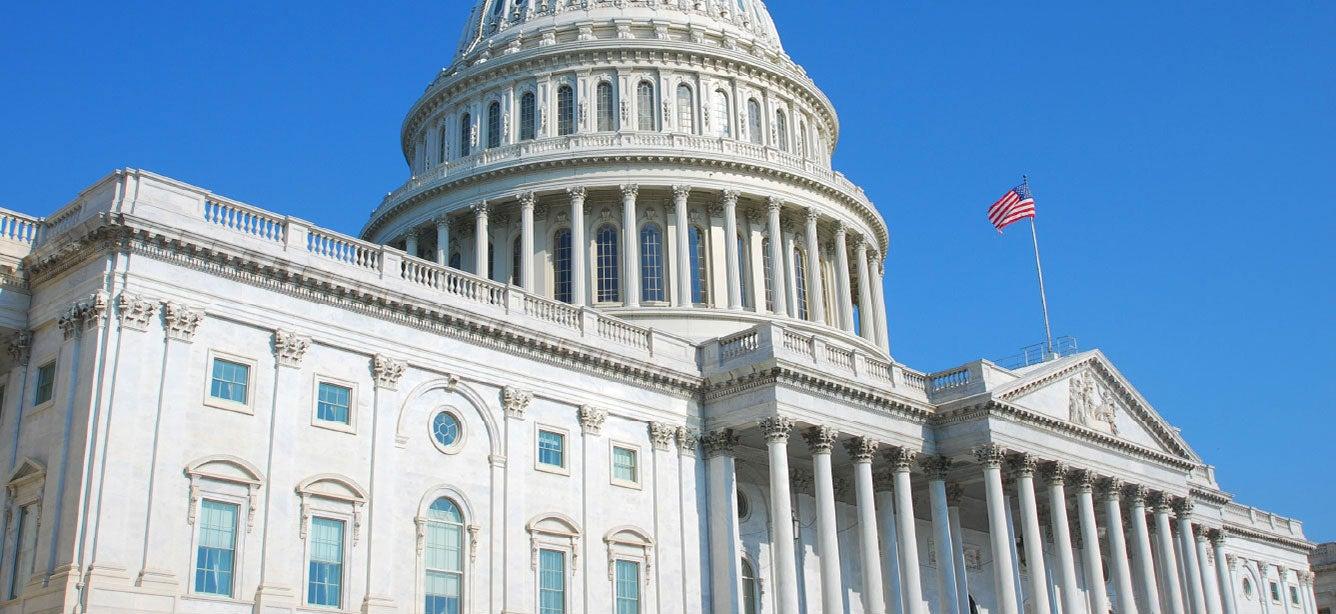
President Biden’s American Families Plan, released on April 28, is the latest legislative package coming from the White House.
Signed into law on March 11, the American Rescue Plan focuses on pandemic relief, and the American Jobs Plan proposes funding for a variety of infrastructure priorities. The American Families Plan calls for improvements in education and health.
Of particular importance to older adults and their families are provisions related to family and medical leave, Medicare prescription drugs, and affordable health insurance.
Family and Medical Leave
Over the past year, millions of family caregivers found themselves needing to isolate or take leave to care for family members, often without paid leave. Research from the National Alliance for Caregiving shows that over 50% of family caregivers are dependent on hourly wages for their income, suggesting that unpaid time they take off to provide care further threatens their economic stability. Sixty-two percent of caregivers working over 30 hours or more per week say paid leave would help them financially.
The American Families Plan would create a national paid family and medical leave program that would:
- Guarantee 12 weeks of paid leave for parental, family, or personal illness by year 10.
- Ensure workers get 3 days of bereavement leave per year starting in year one.
- Provide workers up to $4,000 a month, with a minimum of two-thirds of average weekly wages replaced, rising to 80% for the lowest wage workers.
The day before the President released his plan, House Ways and Means Committee Chairman Rep. Richard Neal (D-MA) also introduced legislation to provide universal paid family and medical leave for all U.S. workers.
Medicare Prescription Drugs and Health Coverage
The American Families Plan would invest $200 billion to make Affordable Care Act (ACA) tax credits permanent, making premiums more affordable for those who purchase insurance on their own. The plan also provides a pathway to coverage for people in states that have not adopted the ACA Medicaid expansion for low-income Americans.
Although specific recommendations to improve Medicare are not included, the plan does voice support for lowering prescription drug costs by letting Medicare negotiate prices and adding the option for people to enroll in Medicare at age 60. In his speech to Congress, the President also suggested that savings from lower prescription drug prices could be used to expand Medicare coverage and benefits.
Along with other Medicare beneficiary groups, NCOA is working closely with Congress to include improvements similar to those in the Elijah E. Cummings Lower Drug Costs Now Act, which passed the House in 2019. The bill strengthened Medicare low-income protections and expanded coverage for dental, vision, and hearing benefits.
Next Steps
The American Families Plan still needs to take shape as legislation for Congress to consider, along with the American Jobs Plan. While the two plans are expected to move forward as one or two large bills, some provisions may be broken out and addressed separately. Congressional leaders are hopeful that legislation can pass in July.
Stay tuned to learn how and when you can help NCOA shape these policies to benefit older adults and their families, particularly those who are struggling.



